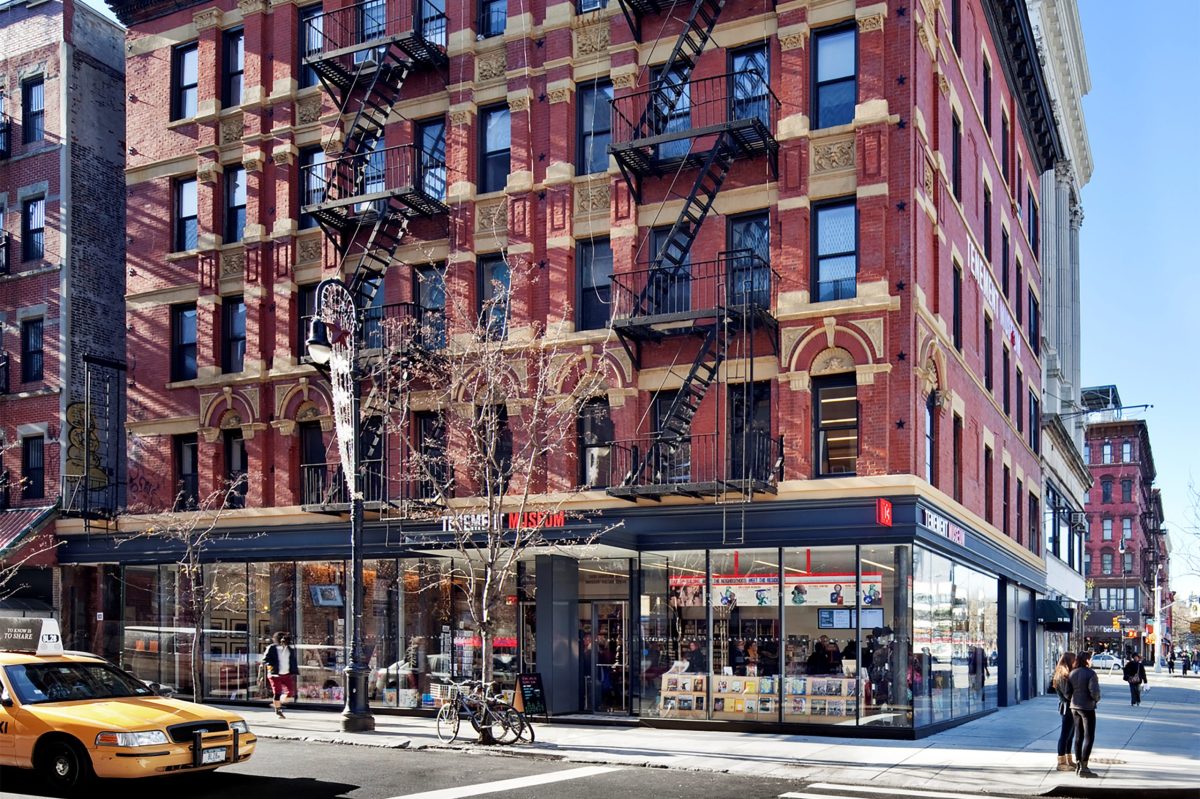You’d think that turning a coupe like the Chevrolet Camaro into a convertible would be easy: chop off the roof, add a soft top and you’re good to go.
Not so fast, says Al Oppenheiser, Camaro Vehicle Chief Engineer.
“There are limitations when you cut the top off a coupe. You need to compensate for the difference in torsion and bending of the car.”
As odd as it sounds, a stiff car body provides a smooth ride, since it doesn’t vibrate or wobble on rough roads. In addition to the strength in its underbody, a car’s hard roof also provides rigidity, “tying” the car together at the top. Lacking a solid roof, convertibles need extra support in the body to compensate. Without it, they would feel unstable and exhibit “cowl shake,” when the windshield and front panels vibrate over bumps.
“We call those kinds of convertibles ‘boulevard cruisers,’” Oppenheiser says. “It might look good driving around town, but I’d hate to drive it on a bumpy or twisting road. If you have a car that bends or twists, it translates into what the customer feels in the steering wheel or the seat, and it’s not a very pleasing ride.”
The Camaro’s base architecture was designed with a convertible in mind right from the beginning, but extra components still had to be added. These include a brace across the front shock towers, a cross-brace under the transmission, a plate under the driveshaft and V-brackets front and rear. This extra bracing in the car’s body offsets that lost by the missing roof.
If you’ve ever wondered why convertibles can weigh more than their hard-topped siblings, it’s because the bracing below is heavier than a roof above. “The convertible is approximately 122 kilograms heavier than the coupe because of the additional structure,” Oppenheiser says. “It’s the extra mass to provide the structure that provides the great ride.”
















